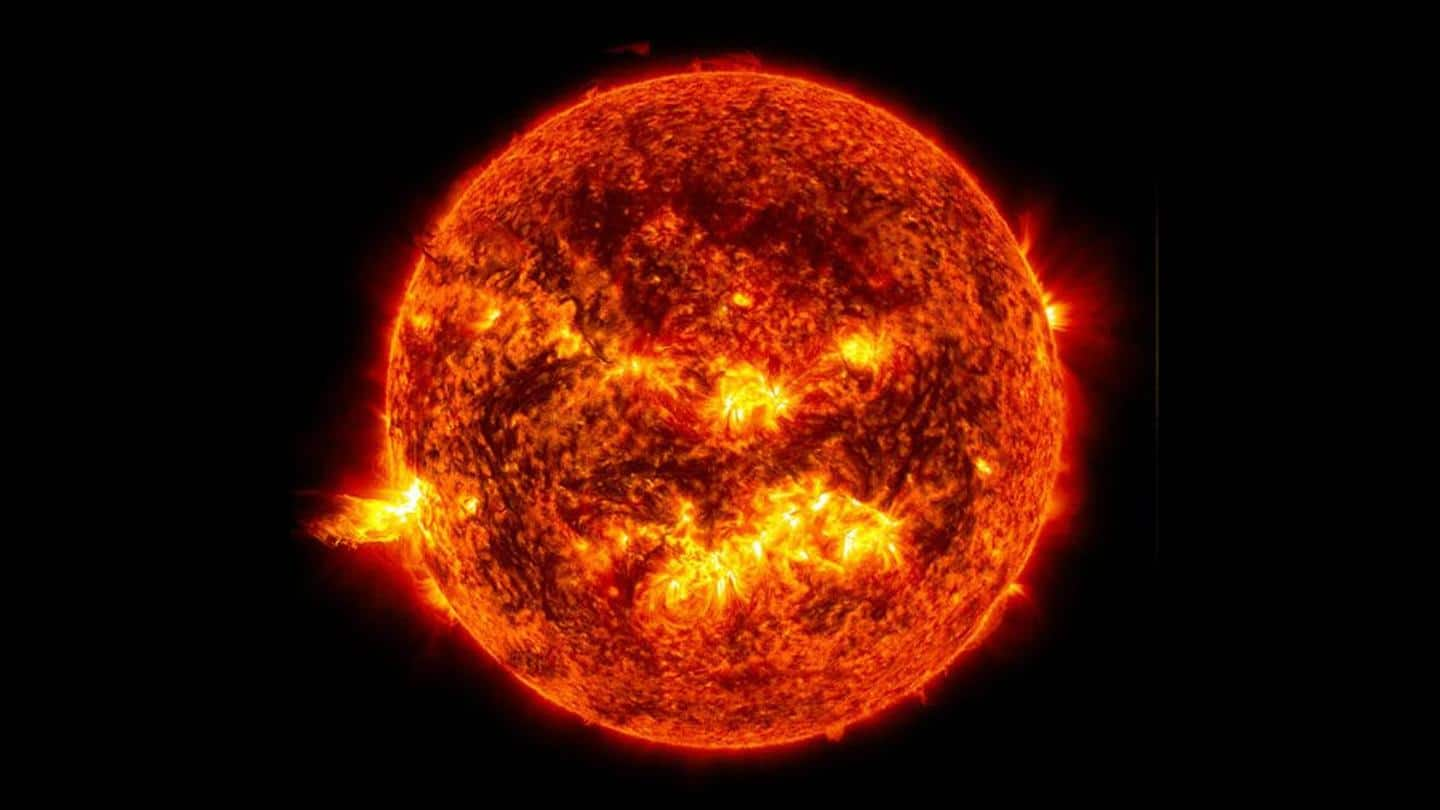
Study reveals how and when the Sun will die
What's the story
All things come to an end and so will the Sun. As per data from the European Space Agency's Gaia space telescope published in June, the star is going through middle age and is around 4.57 billion years old. The agency has also revealed information that can help determine when it will die. To note, the Sun has embarked on an 11-year solar cycle.
Context
Why does this story matter?
The Gaia can find out a star's composition by analyzing its brightness and is aiding scientists in mapping out the Milky Way's evolution over time. The Gaia team has discovered around 6,000 stars whose age, mass, temperature, and composition are very similar to that of the Sun. By observing them, astronomers will get a better idea of our star's behavior.
Details
What is Gaia telescope and how does it work?
Launched in 2013, the Gaia will be operational until 2025. It sits in a position called Lagrange Point 2 in space and orbits the Sun in sync with Earth. The telescope uses a technique called spectroscopy to collect data about a star's composition by breaking down light into various wavelengths. By looking at the light a star gives off, its composition can be discovered.
Timeline
What does the data say?
ESA says that the Sun is around 4.57 billion years old and is fusing hydrogen into helium. It is generally quite stable. When the Sun becomes eight billion years old, it will reach its peak temperature. Later, it will start cooling and increase in size to become a giant red star. Finally, at the age of 11 billion years, the star will die out.
Information
Why will the Sun die?
The Sun's death knell will be rung when its core runs out of hydrogen. Once it gets depleted, the fusion process will start and the star will transform into a red giant, lowering its surface temperature. This process depends on the star's mass/chemical composition.